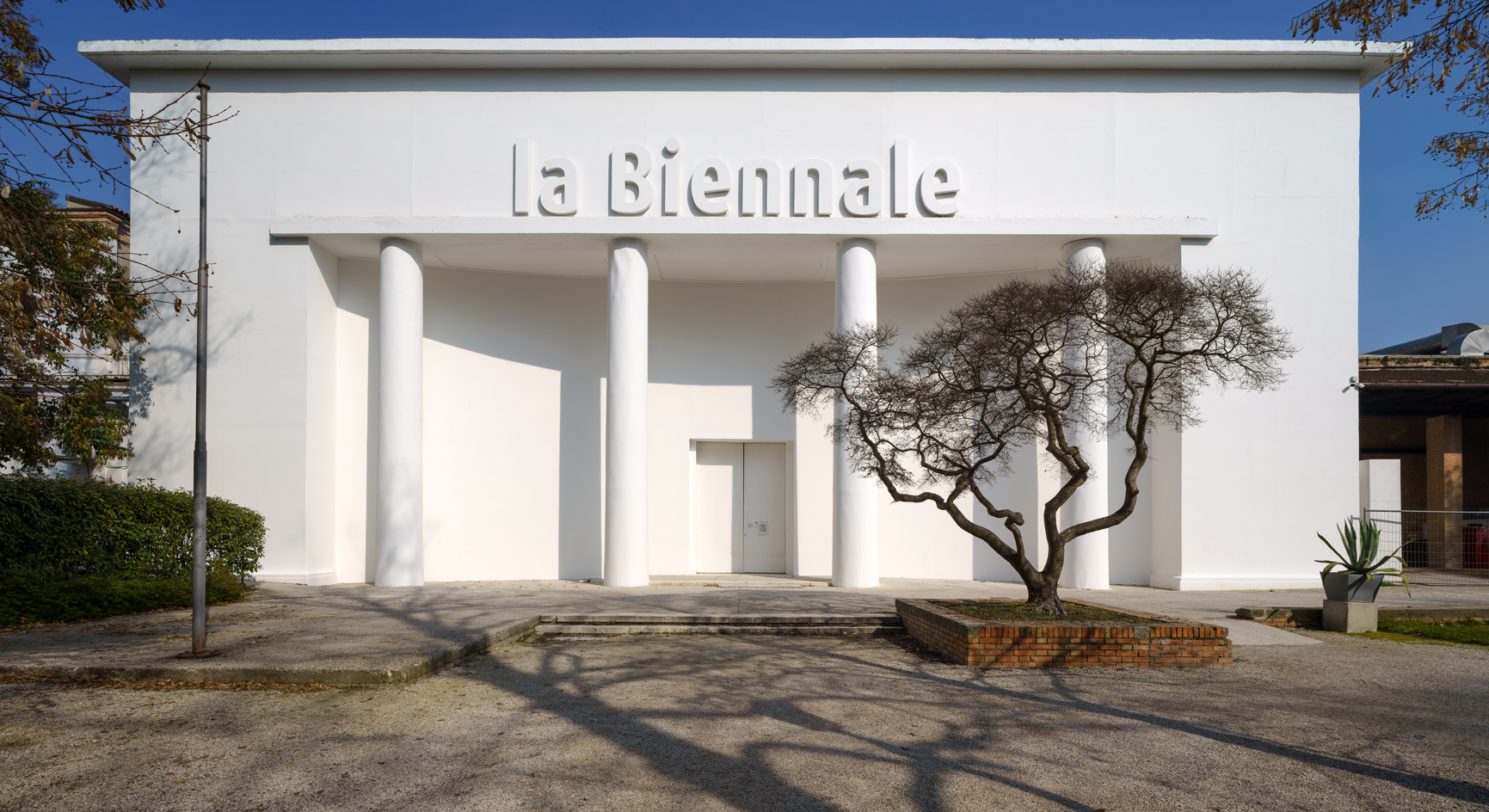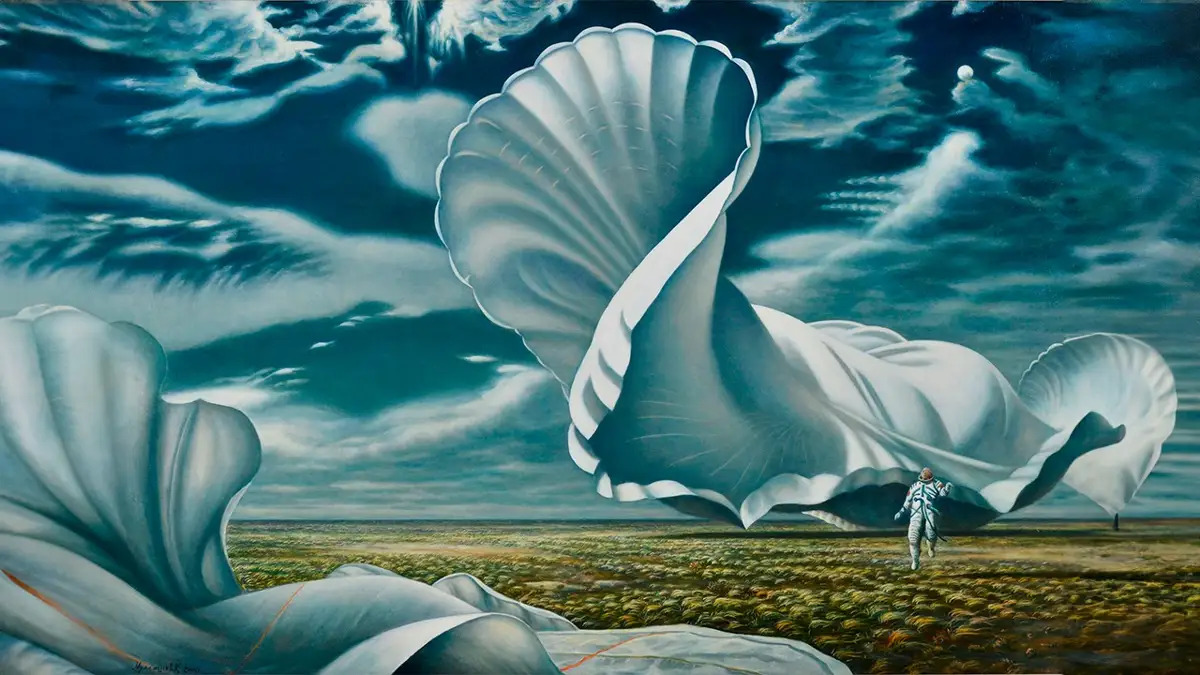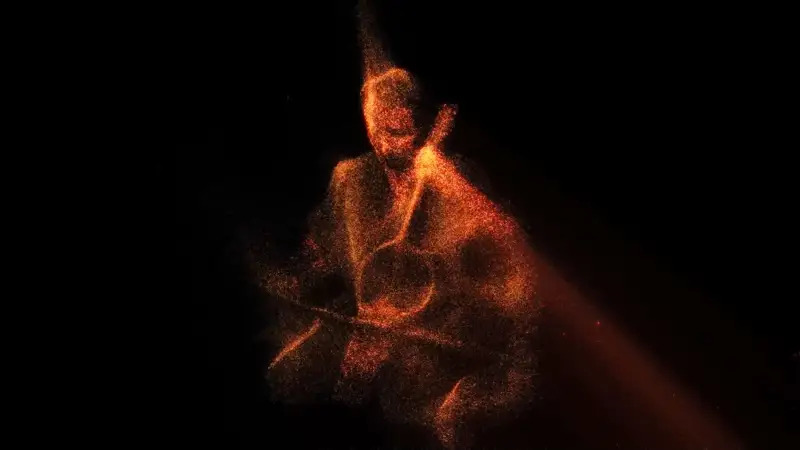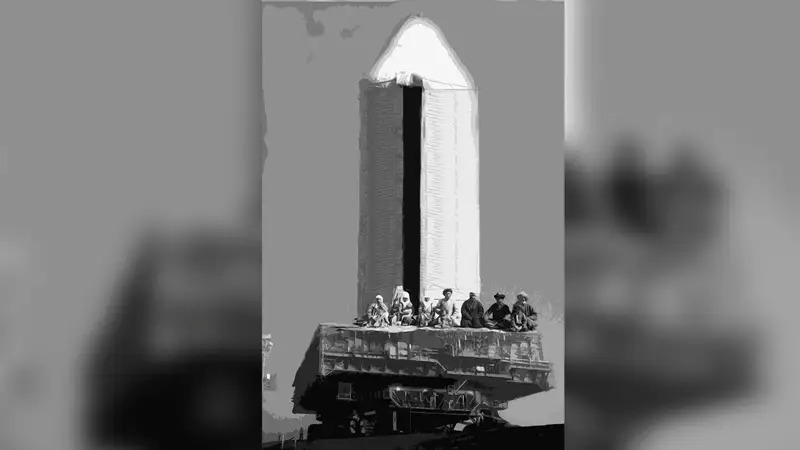ASTANA – The curators of the Kazakh pavilion have unveiled details about Kazakhstan’s participation at the coming 60th Venice Biennale, which opens on April 20, in an interview with Kazinform news agency.

The central pavilion of the Venice Biennale. Photo credit: Andrea Avezzu.
Titled Jerūiyq (promised land): a Look Beyond the Horizon, the project will explore a utopia rooted in Kazakh legends, symbolizing a metaphor for the search and the journey to the promised land. It features works by Kazakh artists across generations from the 1970s to the present day.
Jerūiyq is curated by Danagul Tolepbay, who was the organizer of many exhibitions at the National Museum of Kazakhstan in Astana and the Kasteev Art Museum in Almaty. She also owns her own gallery, Pygmalion. Tolepbay said the main question she hopes to address is how to find new narratives liberated from the constraints of the past.

Youth earth and time by Kamil Mullashev. Photo credit: Curators of the Venice Biennale
“In our turbulent times, we live in a state of crisis of new narratives. One of the key concepts for conceptualization for us was the emancipation of imagination. Today, we have the opportunity to present our own vision of the future and utopian worlds without Soviet censorship and looking back at metropolises,” said Tolepbay.
The exhibition will feature pieces by notable figures in Kazakh art history, including Kamilya Mullasheva, recognized as one of the pioneers of futuristic art in the region. Additionally, it will showcase a new painting by Yerbolat Tolepbay, a prominent painter deeply ingrained in local art history. There will also be innovative installations by architect and artist Saken Narynov, a trailblazer in contemporary Kazakh art Sergey Maslov, emerging talents such as Lena Pozdnyakova and Eldar Tagi of The2wo group, and artist and co-curator Anvar Musrepov.

Photo credit: Curators of the Venice Biennale
Musrepov told Kazinform they selected artists in hopes of showing the diversity of Kazakh art forms spanning across time, emphasizing the inclusion of both established and emerging talents.
“We started working on the concept of Kazakhstan’s pavilion at the Venice Biennale in December. During this time, we did a lot of research and received advice from various experts, including Professor of Philosophy Kulshat Medeuova, who acted as academic advisor for the pavilion,” said Musrepov.
“It was important for us to select works by artists from different generations and showcase different art formats, including painting, installation, video, and new media, in a multi-channel sound installation. It is important for us to show the history of the development of thought around the themes of decolonial futurism, utopia, and cosmism and to demonstrate that these themes have long existed in Kazakh art. The only thing missing was a frame that would unite these works into a single line,” said Musrepov.
The importance of Kazakhstan’s participation at the Biennale
The project seeks to express and demonstrate the level and development of art in the country, reflecting the spirit of the times. Participation and presence increase the visibility and prestige of the country on the international art scene and give impetus to new themes and trends in art at the local and international level, according to Tolepbay.
“One could say that it is an Olympics in the art world. The Biennale has been held for over 120 years, and this year, 90 countries are participating. Participation in such a large-scale event helps to make a statement about the art of Kazakhstan and to give a new impetus, a wave for the development of the industry in the country,” said Tolepbay.

Space Nomads by Sergey Maslov. Photo credit: Curators of the Venice Biennale
Aside from increasing Kazakhstan’s visibility in the global art sphere, the pavilion offers a platform to explore new ways to represent Kazakh artists, fostering the emergence of a distinct Kazakh artistic movement alongside established trends such as Afrofuturism or Russian cosmism.
“Does Kazakhstan’s art have a certain metanarrative? Unfortunately, we have not yet formulated it in Kazakhstan. I believe that Kazakhstan’s art, in the context of its whole history of formation, has its own identity. We can say the spirit or language of Kazakh art, which permeates the works of artists from different generations,” said Musrepov.
“The task of our pavilion is to set the impetus for a new direction, which is why we have focused on the chronology of utopian and futuristic images and ideas in the history of Kazakh art since 1970. We hope that our project will not only showcase the artists’ works and reflect our idea to the world community but also serve as a new potential for artists in Kazakhstan,” he added.
The 60th Venice Biennale will open to the public from April 20 to Nov. 24 at the Giardini and the Arsenale.

